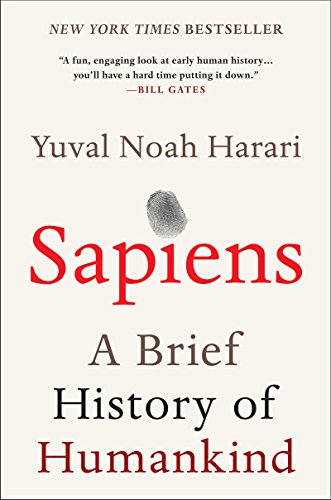

This article is an excerpt from the Shortform summary of "Sapiens: A Brief History of Humankind" by Yuval Noah Harari. Shortform has the world's best summaries of books you should be reading.
Like this article? Sign up for a free trial here .
What is the barter system? How did the barter economy work before currencies were invented? What were its advantages? What were its problems?
The barter system is a system of trading one thing for another. It was the predominant economy before the invention of money.
We’ll cover how the barter system worked and the flaws in the barter economy.
What Is the Barter System?
Money is a relatively recent invention. Hunter-gatherers didn’t have money because they found, killed, or produced everything they needed to survive. They shared what they had in their small bands in return for favors. For instance, if you gave your band member a piece of your meat, you expected her to give you some of her berries in return. This was the origin of the barter economy.
Economies of Favors and the Bartering System
Even at the start of the Agricultural Revolution, there was little need for money. Villages were self-sufficient, and what they couldn’t provide for themselves they bartered for in other villages. Although some individuals had expertise in an area like shoemaking or medicine, villages were too small for anyone to have a full-time occupation other than farming.
This changed with the growth of societies and improving transportation. In large cities where there were many people in need of your goods or services, it made sense to specialize in shoemaking, medicine, law, or carpentry, and depend on the reciprocity of your customers for your other needs. This is a barter-economy example that shows one benefit of specialization. Specialization also allowed individuals to grow their expertise, which benefited the entire community. This grew the barter system.
The Limitations of the Bartering System
Now that we know the answer to What is the barter system?, we need to address its problems. The problem with a barter economy is that it only works when you know people well. If you provide a free service to a stranger, that stranger may never reciprocate. This makes the bartering system ineffective for cooperation in large groups.
Bartering also poses problems:
Problem #1: Bartering forces participants to repeatedly reevaluate exchange rates for a variety of commodities.
Barter economy example: If an apple grower wants to barter his apples for a new pair of shoes, the shoemaker needs to decide how many apples to ask for, dependent on the quality of the apples in question, the relative time and cost of making the particular shoes requested, and whether or not he really wants the apples. And it doesn’t stop with apples. The shoemaker has to do these mental calculations for every other commodity he might come into contact with. If you sell your goods in a market with 100 different commodities, you need to have memorized 4,950 different exchange rates to do business with your fellow sellers and buyers. This makes bartering ineffective for large communities.
Problem #2: Bartering depends on the other person wanting what you have to offer.
Barter economy example: If you want to trade your apples for a new pair of shoes and the only shoemaker in town doesn’t like apples, or already has enough apples, you’re out of luck.
Some communities in history, such as the Inca Empire and the Soviet Union, tried to establish a central bartering system where products and services were collected centrally and then redistributed to those who needed them. These attempts were inefficient at best, disastrous at worst.
What is the barter system? It’s a system of obtaining what you need and desire through trade rather than money. It worked while communities were small, but the growth of societies ushered in new economies.
———End of Preview———

Like what you just read? Read the rest of the world's best summary of "Sapiens" at Shortform . Learn the book's critical concepts in 20 minutes or less .
Here's what you'll find in our full Sapiens summary :
- How Sapiens outlived and outlasted the 8+ other human-like species on Earth
- The 3 critical revolutions in human existence that led to our domination of the planet
- How much of what powers our world today is really just a shared mass delusion
- What the future of humanity might look like






